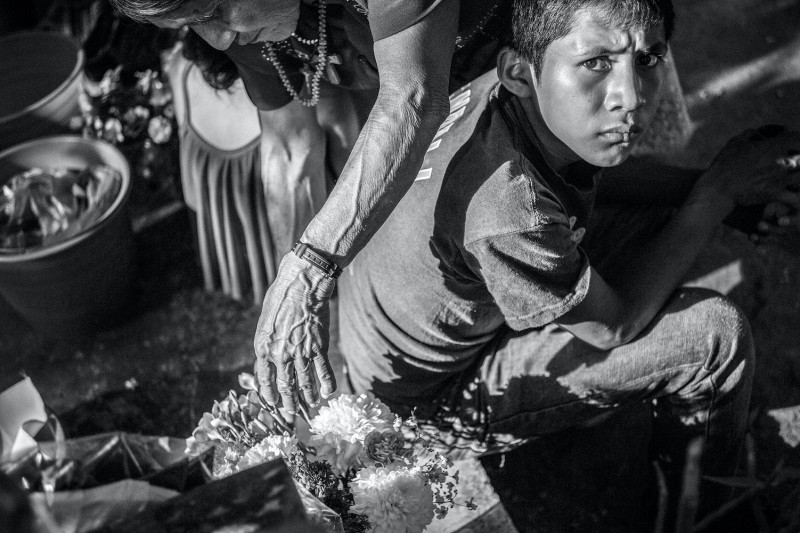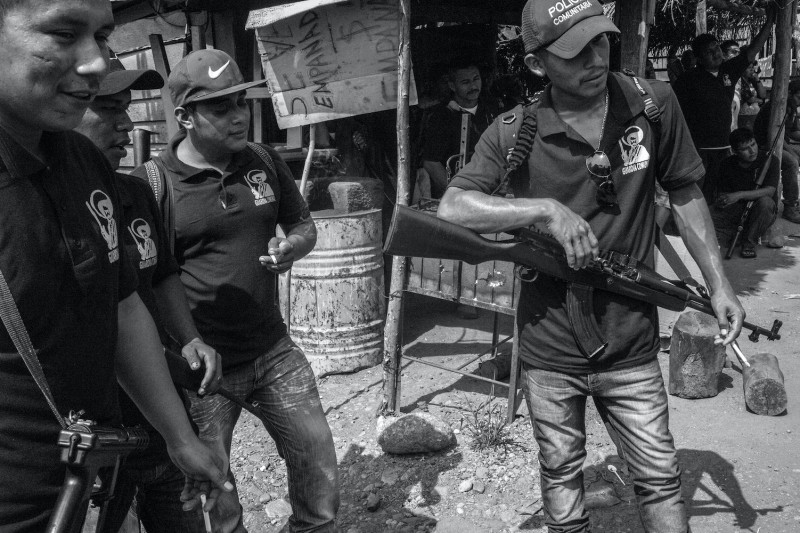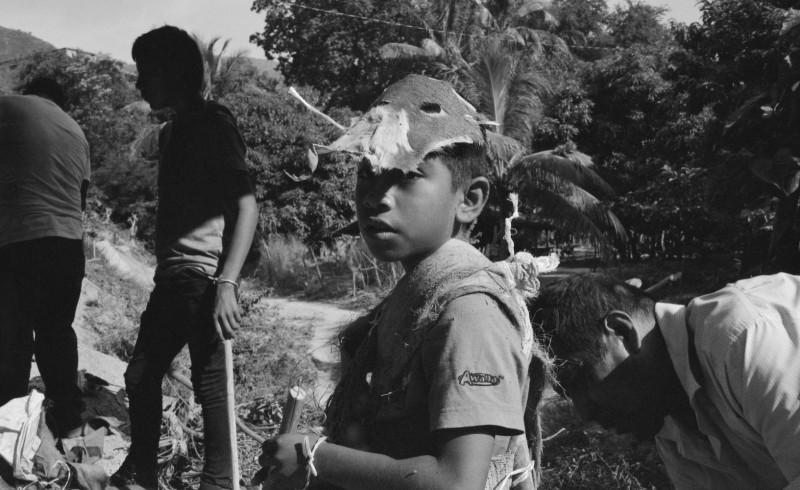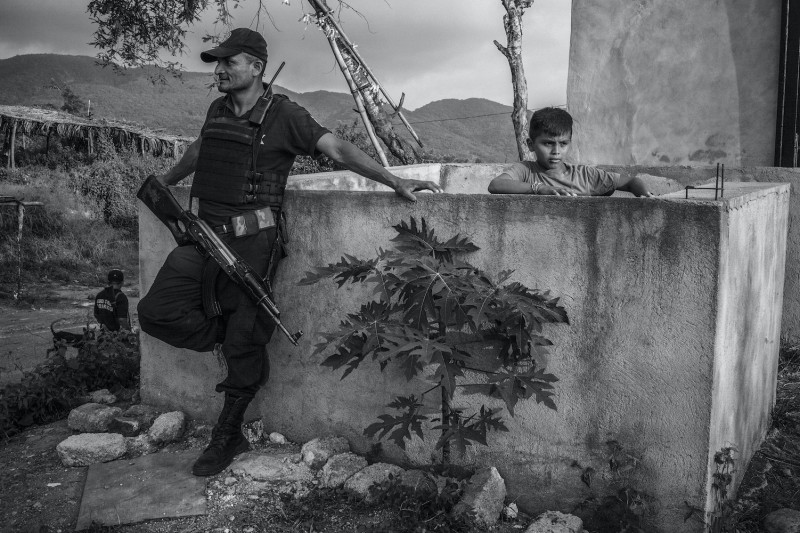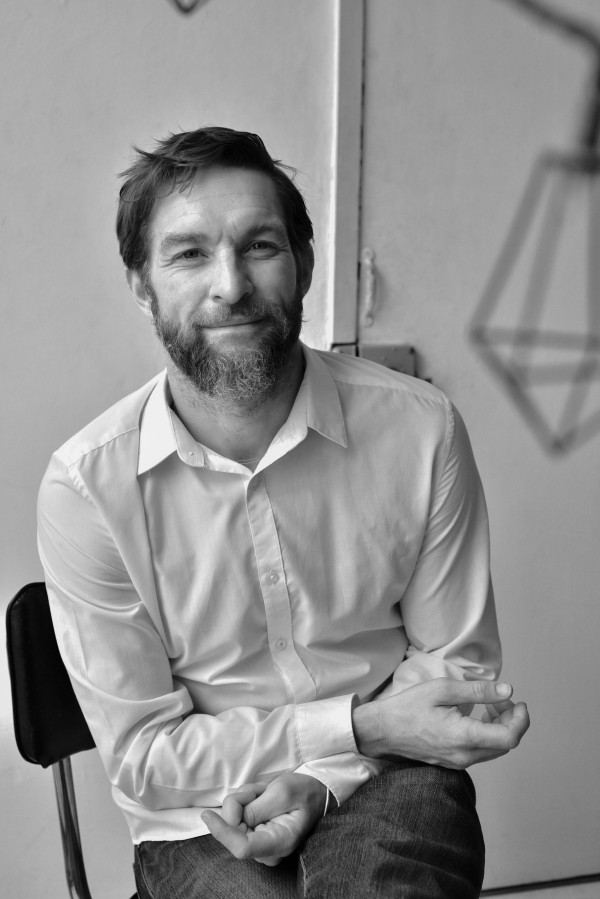Indigenous Resistance
Indigenous Resistance
Scott Brennan
April 10, 2020
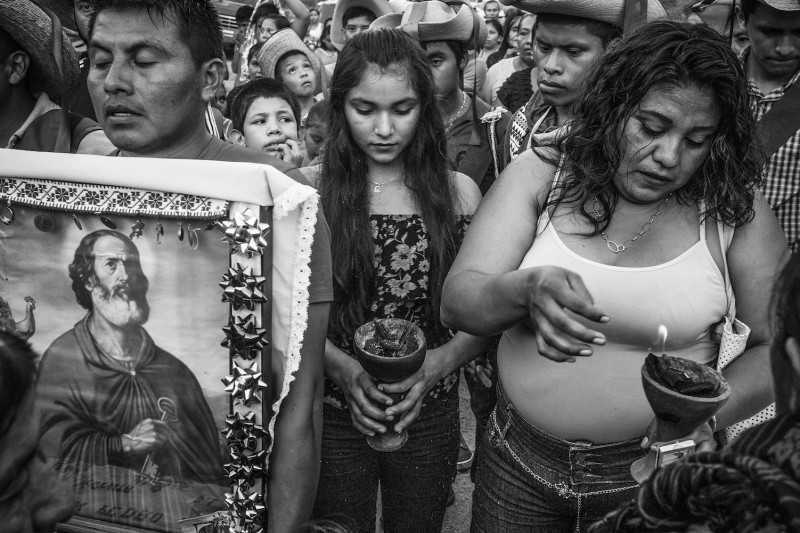
LFI: What motivated you to research this topic?
Scott Brennan: I moved to Mexico and worked there for a few years looking for a personal project to grab my attention. While travelling through the high altitude pine forests of Michoacán, I pulled up to a road block with masked men armed with rifles hiding behind military-style sandbags, burned out hulls of trucks and turned over cars. I was immediately terrified.
At the checkpoint they were totally relaxed and let me pass through. Just down the road I stopped at a gas station and asked the attendant what was going on, and should I be scared. He responded, pretty emphatically, “No, that's an indigenous population that have started their own social experiment and autonomous government in order to stop violence and save their ancestral territories and pine forests from illegal logging. That checkpoint is their means of filtering who comes in and out of the town.”
I immediately knew I’d found my long-term project. So, I got in touch with the town through a radio station the youth had established, and they were extremely welcoming, friendly and happy to tell their story. So, I began taking pictures there.
Why is their territory so desirable, and for whom exactly?
Mexico is full of immense tracts of land that are indigenous territories. In Ostula there are billions of dollars worth of minerals that transnational mining outfits want to get their hands on; which is also the case in Azqueltán. In Ostula there are stunning virgin beaches that are relatively sparsely populated. In the past, organized crime used the beaches, to land illicit products coming north directly from Colombia. Tourism outfits, both domestic and international, have been lusting over the tropical Pacific beaches for decades.
Also, trade with China is increasing in México, and Santa María Ostula lies directly between two major Mexican port cities on the Pacific. There are many international interests that want to develop, widen and exploit the lonely, two-lane road that twists through the indigenous territory, to connect the commerce between the two ports.
There are also small farmers who are not part of the indigenous, communal agrarian tradition, who are perpetually encroaching upon the territories, with the idea of turning chunks of land into their own private property. Then there are the ever-changing and ever-shifting ‘plazas’ of organized crime. So, in short, there are various powerful interests that want to get these indigenous groups off their territories.
What is the most important thing you learned in the course of your project?
The most important thing I’ve learned while researching and living in these communities, is that there is such a huge wealth of languages, world views and philosophies that are quickly becoming extinct throughout the world, and very often this is tied to the loss of land and ancestral territories. These struggles are important.
What was your approach from a photographic point of view? Were you able to realize what you had in mind beforehand?
My photographic approach is always the same – I use my camera to get into a situation to learn more about it, to make images that are beautiful and that, hopefully, can be useful. I’ve spent so much time living in these communities, making friends, having great experiences; and I've learned so much that, yeah, I’d say I’ve been successful. But, the project continues, because the situations on the ground are constantly changing, and I hope to keep shooting and keep learning. I have big plans for the project, so it's not yet complete.
Is there a photographer you look up to?
Growing up in the 80s, the big names of course - Eugene Richards, Susan Meiselas, the ones we all expect. Then I became interested in Latin American photography and Mexico has such a strong tradition in photography. Mexican photographers, such as Graciela Iturbide and Manuel Alvarez Bravo, inspired me to travel, shoot, and eventually live in México.
There are some amazing contemporary Mexican photographers, like Cesar Rodriguez, who I know was published in LFI some years ago. Currently a photographer I really look up to, and a dear friend, is Heriberto Paredes. His photographic work is not only brilliant but it's only a tiny percentage of what he does. He too, works in indigenous communities, and covers Mexico’s social issues. His entire existence revolves around being an activist, a journalist, and a human rights advocate for the communities he's involved in. His photography is first and foremost for consumption by the communities he works in, not for telling the story outside of the community – which is a real twist to the traditional role of a photojournalist. It's extremely admirable.
Interview: Danilo Rößger
All images on this page © Scott Brennan
Equipment: Leica M2, Leica M6 and Leica M9 with Summicron-M 35 f/2 Asph and Summarit-M 50 f/2.4
Find out more about Scott Brennans project in LFI 3/2020.
Scott Brennan+-
Scott Brennan’s main interest lies in documenting indigenous groups in Latin America and their fight to defend their territories. He completed his studies in 2005 with a Masters in Photojournalism and Documentary Photography from the London College of Communications. So far he has worked for the New York Times, Time, and organisations like Amnesty International. He has been living in Mexico since 2010. More

